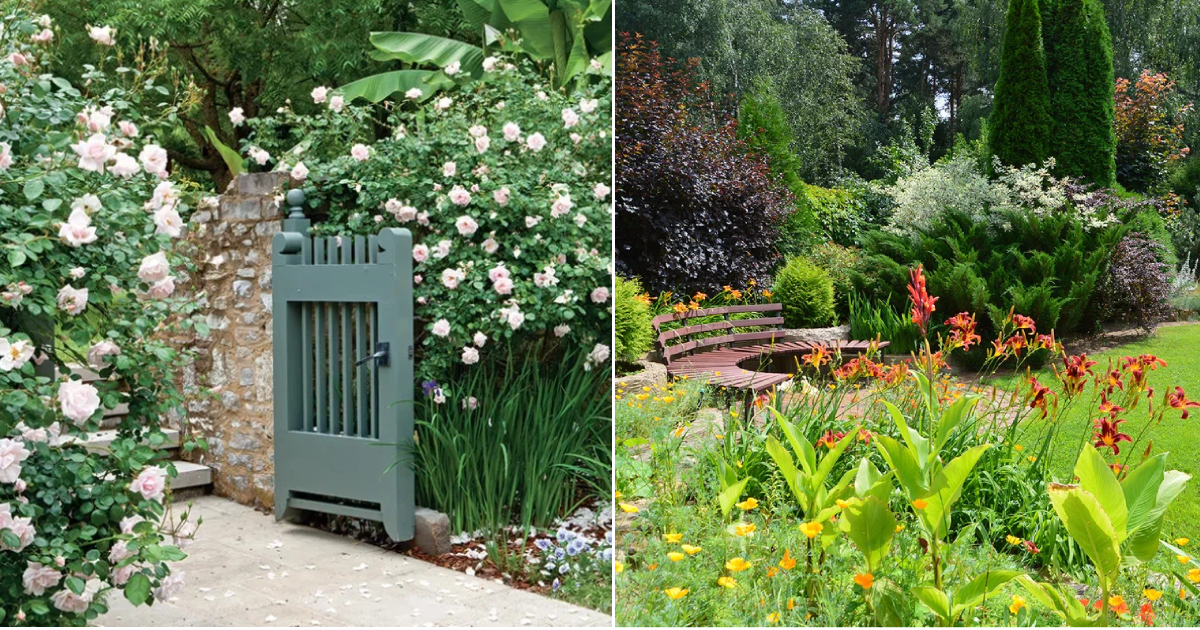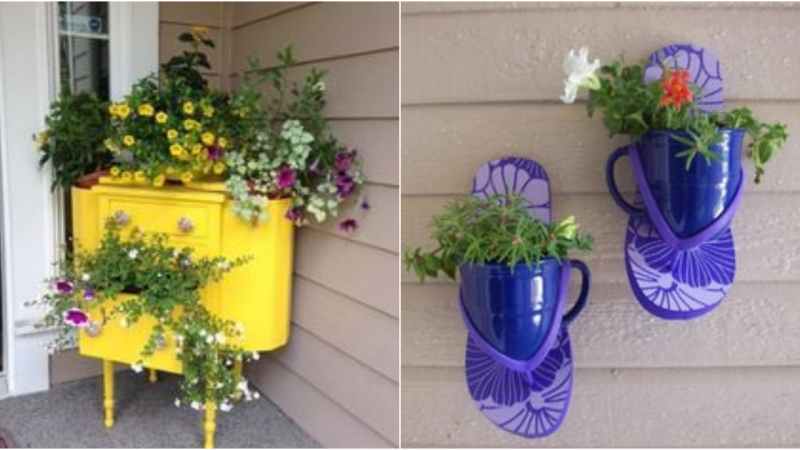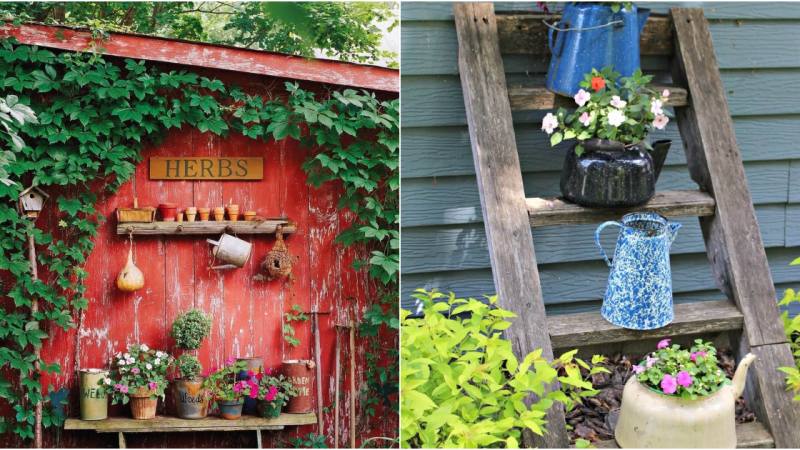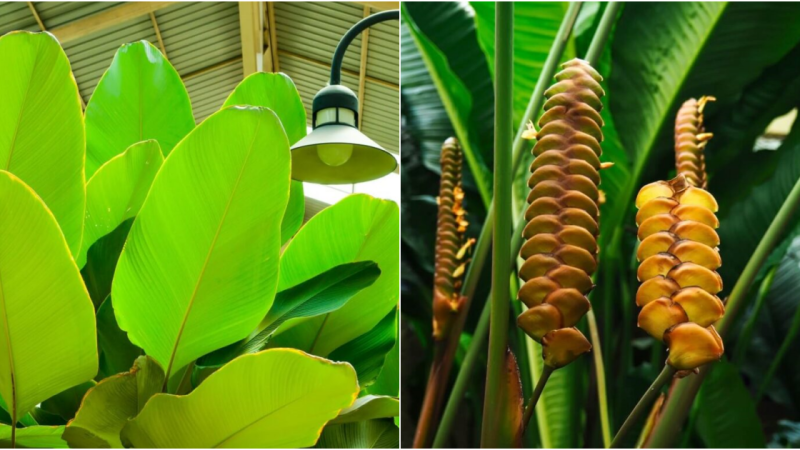How Does a Designer Garden Differ from an Amateur Garden?

Irina submitted a wonderful photograph of her flowerbed to a photo contest. We started chatting, and it turned out to be her parents’ garden in the Moscow suburbs, which had undergone a transformation and was still a work in progress. I love hearing such stories, so I asked Irina to tell me in detail about what it used to be like and what it has become. I’ll now pass the floor to Irina Demchuk.

So many beautiful gardens have been showcased that I feel a bit embarrassed to talk about my own creation. After all, it takes a lot of effort to bring a vision to life. Nevertheless, I hope that my story will be interesting to someone.
I want to share the story of my parents’ garden, located in the suburbs of Moscow. The plot was purchased in the early 90s when the concept of private ownership was just emerging in Russia. Previously, it was a collective farm field. The majority of the plot is sunny, and our family seems to have strong southern roots, so everyone enjoys it. Our open relaxation area is highly sought after.
Twenty years ago, there were only four residential houses on our street. The rest of the plots were used for gardens, and there were many fields with a fairly mushroom-rich forest nearby. Now, residential houses have been built on all the plots, and the fields have been developed into cottage settlements.
The soil on the plot was initially poor and sandy after years of cultivation. The first step was to improve it by adding compost and manure, while the sandy nature influenced the choice of plants.
For many years, my mother took care of the plot. She was a workaholic, so she would return home late on weekdays and take care of the house, garden, and beloved roses on weekends. When my parents moved to live outside the city, they didn’t plan on having a garden. However, their dacha background and my grandmother’s influence contributed to its creation. When grandchildren appeared, my mother started taking care of them during the time she used to dedicate to the garden, and eventually, the grandchildren and work took priority, and my mother retired. As a result, the garden became overgrown, and we couldn’t keep up with its maintenance. I spent a lot of time there with my children, but my help was not enough.
Due to my work, I often had to write about various gardens and visit sites for the company I worked for at the time. That’s when I got the idea to redesign the landscaping of the plot to make it easier to care for and, most importantly, to make it appealing to my parents. My mother often talked about her friend’s plot, where everything was beautifully done.
So, ten years ago, I reached out to a friend, landscape architect Julia Leonova, to help me redesign the plot. Thanks to her, the plot became much more convenient and less demanding. But then I had to work really hard, just like a frog. I started by transplanting what was already on the plot and then adding new plants to create what I had envisioned.
Of course, I made mistakes along the way. Sometimes a rose turned out to be the wrong color or height, or irises of the desired color would bloom in the backyard instead of the prominent spot. Most of the plants I transplanted blindly, not knowing their variety or color, relying only on their height.













